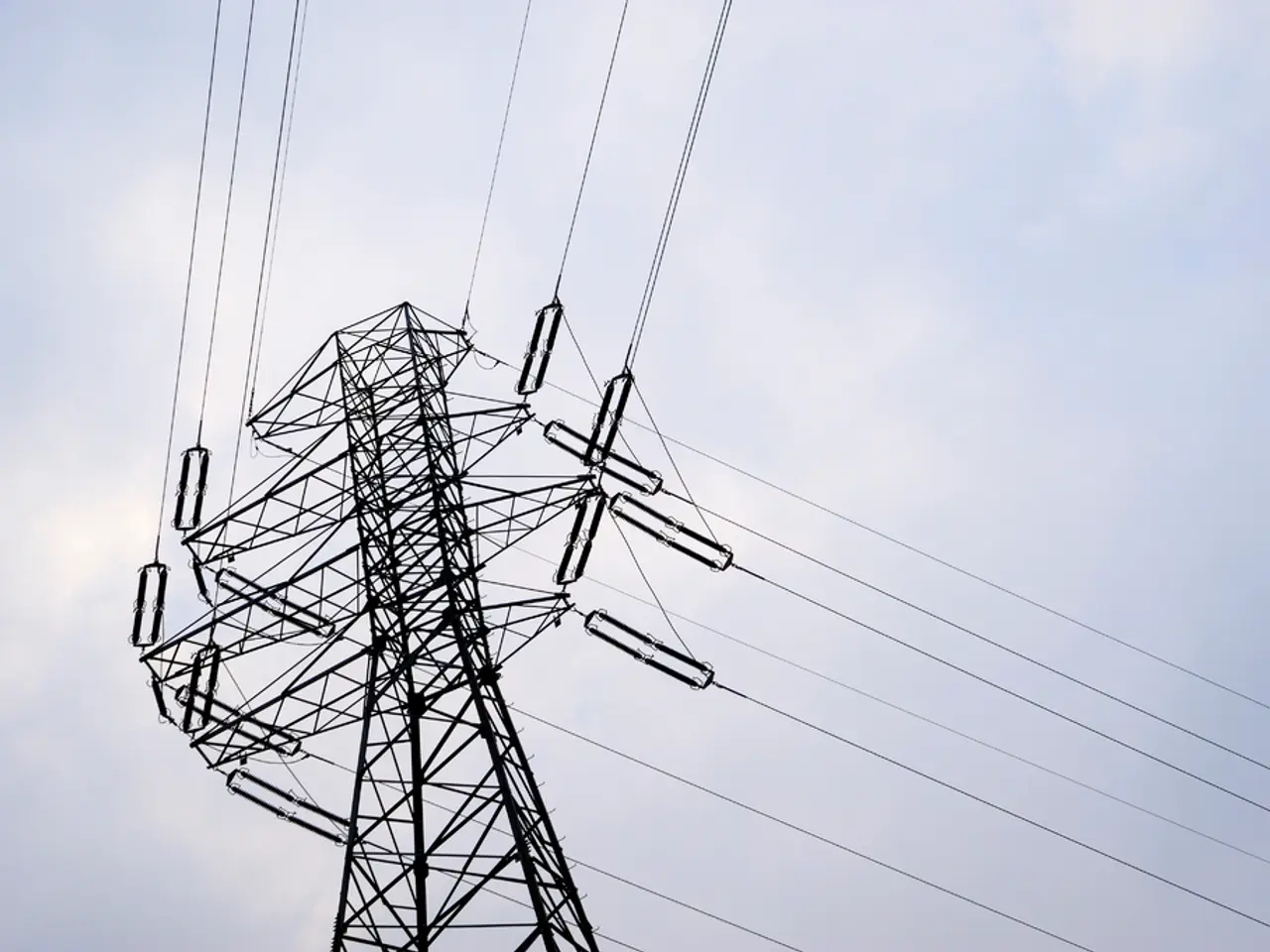Starlink's Disruptive Impact on Africa's Internet Sector
Starlink's Satellite Internet in Sub-Saharan Africa: A Mixed Bag of Challenges and Opportunities
Starlink, the satellite internet service led by SpaceX, is making waves in Sub-Saharan Africa, offering a promising solution to the digital divide that persists in many rural and peri-urban areas. According to the Q1 2025 Ookla report, Kenya, Nigeria, and Rwanda have recorded the best latency with Starlink, outperforming local ISPs in download speeds in countries such as Botswana, Eswatini, and Rwanda.
However, the journey for Starlink in Africa is not without its challenges. Regulatory hurdles have delayed deployments in Angola, and no licenses have been issued in South Africa, Senegal, DRC, Côte d'Ivoire, and Cameroon, where Starlink was banned in April 2024 for operating without a license.
Despite these setbacks, Starlink is resuming direct shipments of residential kits to Lagos, Nigeria, after a seven-month suspension, signaling strong demand and regulatory easing. Nigeria alone has over 64,000 active users, making Starlink the country’s second-largest ISP by subscriber base. This substantial market opportunity is further enhanced by Starlink's ability to provide high-speed, low-latency internet to areas where fiber penetrance is low or unreliable.
The opening of a physical office and local support center in Lagos indicates Starlink’s commitment to local operations and customer support, which can enhance user adoption and trust. Starlink has also resumed sign-ups in Nairobi, Kenya, leading to a doubling of upload speed and a drop in latency by 81%.
However, the service faces regulatory challenges, infrastructure reliability issues, and competitive market pressures. Infrastructure limitations beyond internet, such as inconsistent power supply and fiber vandalism, complicate connectivity efforts and can limit service reliability and user experience. Starlink's relatively high equipment and subscription costs compared to average income levels can also be a challenge in emerging markets.
Airtel Africa's recent deal to integrate satellite connectivity in 9 countries hints at a hybrid model combining satellite backhaul with local mobile or Wi-Fi infrastructure, which could potentially address some of these challenges.
In summary, Starlink’s satellite internet service is capitalizing on significant growth opportunities in Sub-Saharan Africa by addressing the digital divide in underserved regions and expanding its physical presence. However, the service faces regulatory challenges, infrastructure reliability issues, and competitive market pressures that require strategic navigation. The Ookla report from Q1 2025 echoes these points implicitly through user uptake and market expansion data amid persistent infrastructure and regulatory constraints.
References: 1. Starlink Africa 2. Ookla Report Q1 2025 3. African Tech Round-up: Starlink in Africa 4. Airtel Africa signs satellite deal
- The advancements in satellite internet technology, as demonstrated by Starlink's service, are expected to significantly contribute to the growth of space-and-astronomy-related science in Sub-Saharan Africa, enabling more researchers to access high-speed internet for their studies.
- As Starlink continues to address the digital divide and expand its reach across Sub-Saharan Africa, science and technology are expected to reap benefits from enhanced connectivity, potentially leading to innovative breakthroughs in African research domains.




